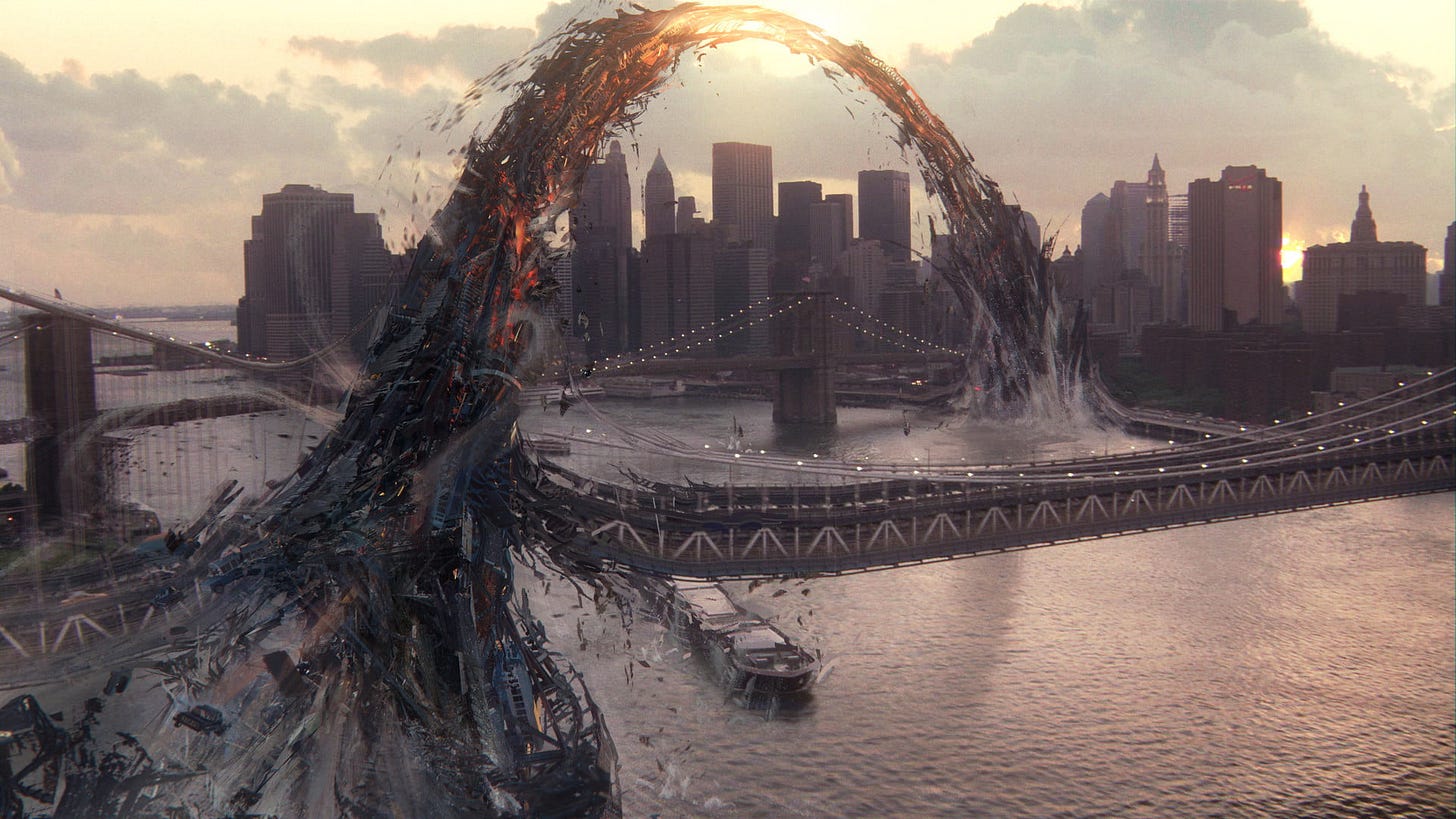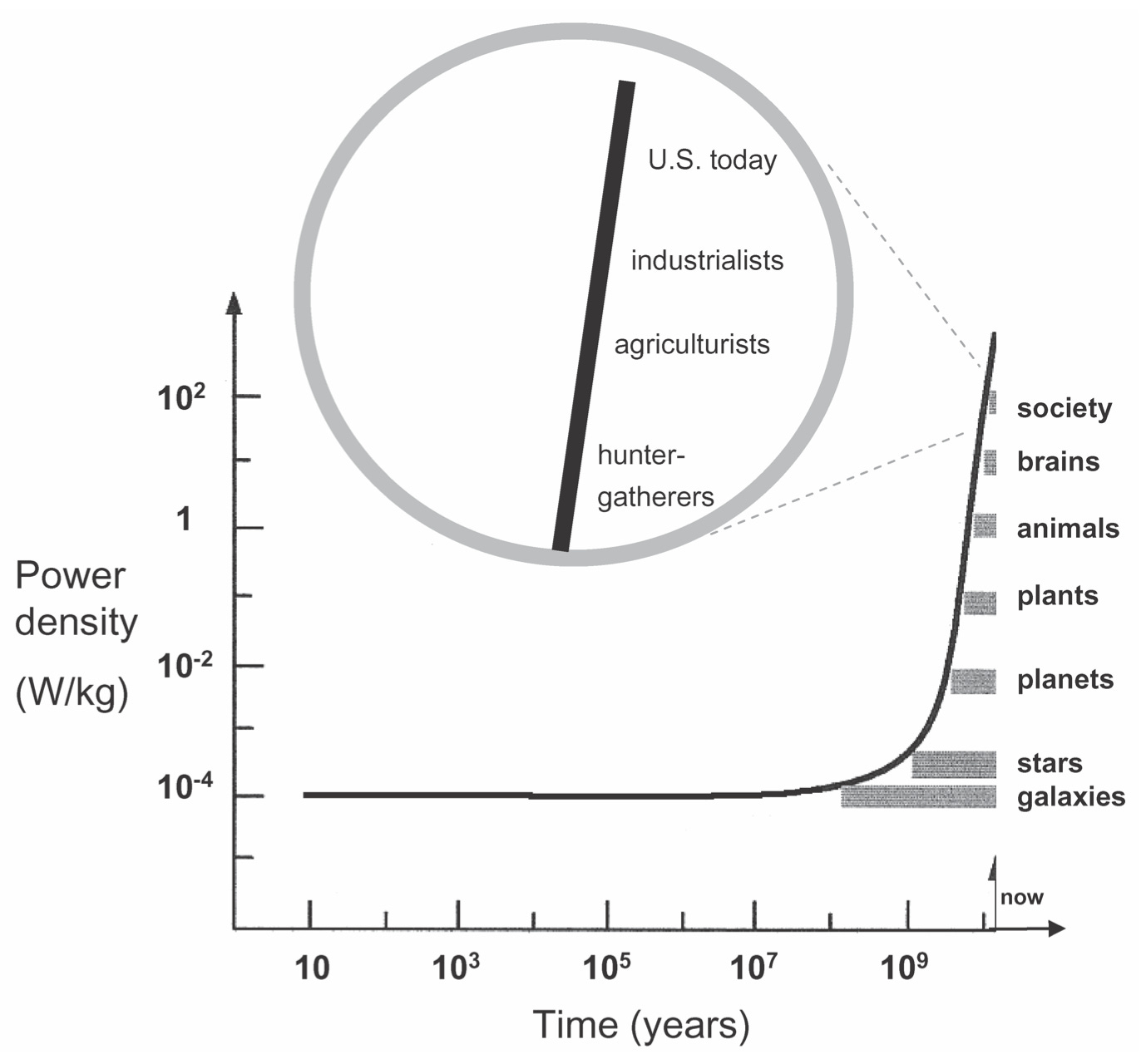Layer One—Part 1: Assimilation
"Let’s call this virtual world the iosphere or the Internet-wide digital system where all autonomous data structures coexist."
Layer One is a three-part philosophical journey into the emergence and implications of the IOTA distributed ledger technology and its parallel reality based data structure. Visit wiki.iota.org to learn more about IOTA, MANA, and the tangle, or click below to continue reading the Layer One series with:
📕 Part 1: Assimilation
📗 Part 2: Error Correction
📘 Part 3: Metamoney
All structures of matter are formats of information or data structures that have emerged from the universe’s unwavering desire for maximum energy flow and maximum complexity.
Biological organisms programmed by the data structures that we call DNA have shaped the world for nearly 3.5 billion years.
Throughout this time period, all living things have battled resource scarcity in the physical environment to replicate their DNA from one generation to the next in the process of natural selection.
This means of information evolution has been central to a story we’ve come to claim as our own—when in reality, it’s but a glimpse at a process that’s just now beginning to find its stride.
The more general process, however, doesn’t biologically discriminate: the universe’s only concern is with the variation and selection of data structures that promote the maximum energy flow and maximum complexity of the universe.
And the evidence of this phenomenon is observable: as the amount of energy flowing through a unit of matter increases, the organizational complexity of the matter also increases.
For example, a galaxy has less energy flow relative to its mass than a star, which has less energy flow relative to its mass than a planet, which has less than a plant, which has less than an animal, which has less than a brain, which has less than a society, which has less than a nuclear reactor or computer processor.1
Everything complex that has emerged since the beginning of time has been subject to this single thermodynamic objective of maximum energy flow and maximum complexity per unit mass.
Clearly, energy will become nuclear, and data structures will become virtual—but the question remains: is the variation and selection of data structures that maximize the energy flow and complexity of the universe the full story, or is there something more subtle at work?
Iology
For the entirety of Earth’s history, the natural selection of data structures has shaped the biosphere or the world-wide physical system where all living data structures coexist.
To describe the dynamics observed in this physical world, scientists have developed the field of biology or the study of all biota—biota being all the living data structures from a particular region or time period in the biosphere.
But with the advent of the Internet and the open-source digital world, a new paradigm of data structure evolution is accelerating, calling for a new set of terminology to describe the dynamics observed in this virtual world.
Let’s call this virtual world the iosphere or the Internet-wide digital system where all autonomous data structures coexist.
Its corresponding field of study would then be called iology or the study of all iota—iota being all the autonomous data structures from a particular region or time period in the iosphere.
Scarcity
Living data structures are entirely dependent on the biosphere as a finite source of essential resources, which creates a natural, ever increasing demand for energy and structural materials.
Unsurprisingly, similar scarcity dynamics are now emerging in the iosphere as the constant competition among autonomous data structures for electricity and computing power.
As the amount of electricity and the number of connected processors on the Internet increases, not only does the energy flow and complexity of the universe increase but as does the flow of information.
In other words, the universe’s objective of maximum energy flow and maximum complexity in the physical world translates to an objective of maximum information flow in the digital world.
Due to the opaque, closed-source nature of DNA, however, biota are forced to rely solely on the linear, intergenerational progression of natural selection when competing for energy and material resources.
The fully transparent, open-source nature of iota, on the other hand, allows for a newer, more efficient adaptive process when competing for electricity and computing power.
One such example of this process would be a new open-source repository bootstrapping its iological fitness by piggybacking off an old, or part of an old, open-source repository.
Let’s call this adaptive process assimilation or the unsolicited absorption of one data structure into another.
🤘 Thank you for reading iologica—the blog that strives to challenge you.
✍️ Please acknowledge Antonio Nardella of the IOTA Foundation, die_Putze5853, future_yacht_owner, Phylo, Powderfinger, and Rafael Brochado of the IOTA Experience Teams, and John for providing valuable assistance in the creation of the Layer One series.
👉 If you enjoyed reading this article, feel free to share it or subscribe below.
🤝 If you found the information in this article valuable, consider donating below to support the author’s future work.
IOTA: iota1qzgy3yx40s5ddnnzpxwjvwd9nzapl8dnrhv2l8rmcx9dr7jc54t7yt9zl4y
BTC: bc1qdj4ygj2daxtvn39jrr9lkesqrcuhk0mtpupemk
ETH: 0x48F80b4bfFC6E32C6458277e9BBaD5A8B6eE8C2d
🤙 If you want to get in touch, contact the author below.
Twitter: @rbrennankelly
Email: rbrennankelly@gmail.com
The Content of this article is provided for informational purposes only, you should not construe any such information or other material as legal, tax, investment, financial, or other advice. The Content is not to be construed as a recommendation or solicitation to buy or sell any security, financial product, instrument, or to participate in any particular trading strategy.
Cosmic Evolution by Eric Chaisson





